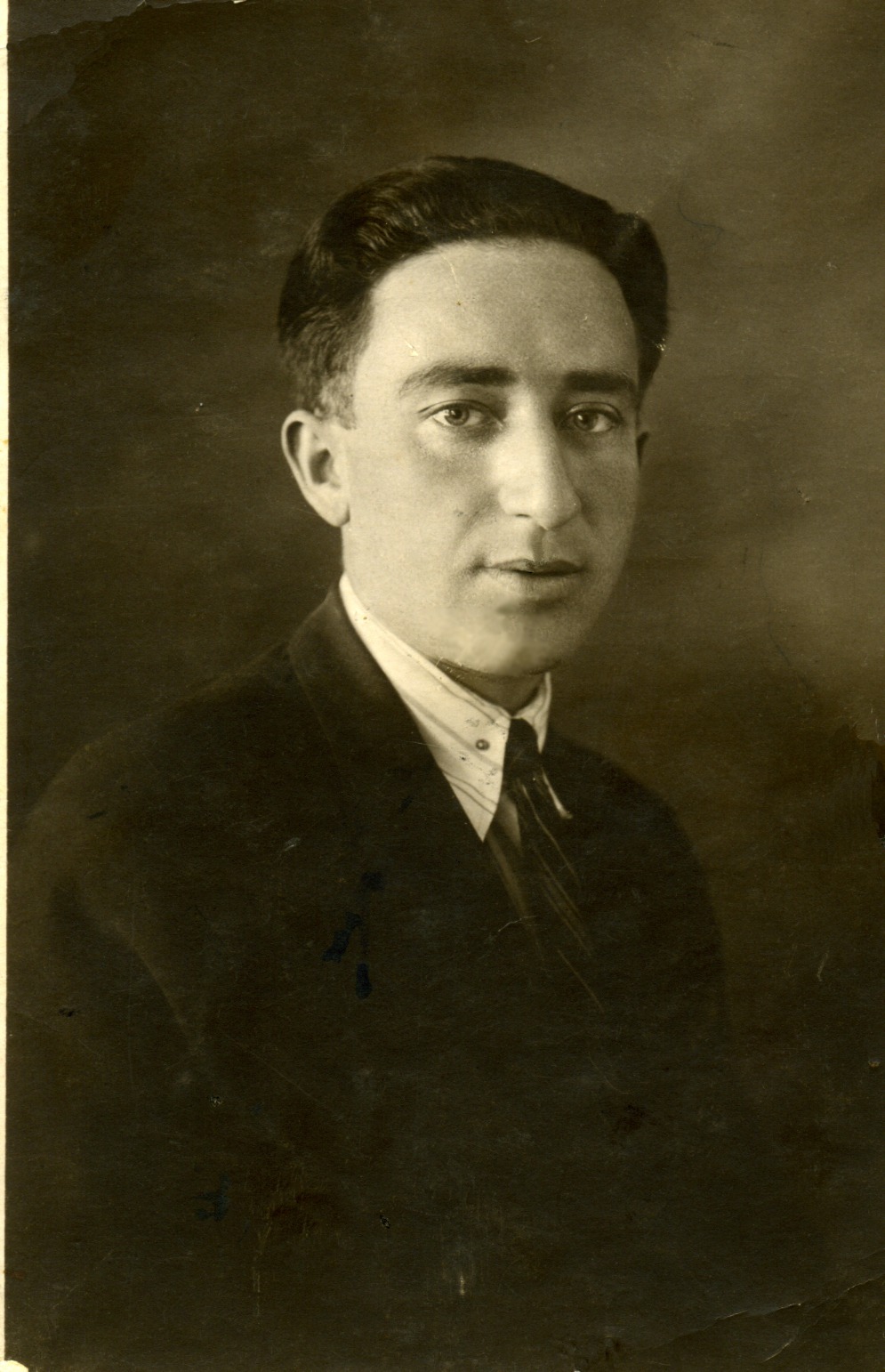Zalman Belachovsky in Tel-Hai
According to “People of Tel-Hai”, she wrote and edited: Tamar Shaki, curator of the Tel Hai Museum.

Born in 1901 (he was 19 years old on the day of the battle in Tel-Hai). Immigrated to Israel in 1914 with his mother and brother and joined the “Herzliya” gymnasium in Tel Aviv as a 7th grade student. In 1919, under the influence of Avraham Herzfeld’s speech to the high school students, he left school and went to Tel Hai with three of his friends. He persisted in staying in Tel-Hai for the entire period of the events, that is, for over three months. Since he was the youngest in the group, he was enthusiastic to do any job as long as he was not considered “weak at work”. According to his testimony, “We were called ‘gymnasists’ and this was interpreted as weak at work. I tried to show that I am no different from others and that the output of my work does not fall short of that of the old friends. It was an effort for me, I was not used to physical work.” The variety of roles that Belachovski was assigned to perform on the day of the battle indicates that the people of Tel Hai also saw him as the young man who was passionate about action.
- Initially he was placed in the upper room (which is considered more protected).
- He changed his position with Benjamin Munter, because Trumpeldor needed him as “intelligence” for the conversations of the Arabs who gathered in the grove, near the northern windows of the eastern room.
- He served as a medic who treated the wounded Trumpeldor and later also the dying Toker.
- During the lull in the battle, Pinchas Schneerson, the commander who replaced the wounded Trumpeldor, was sent to go up through the courtyard stairs and bring the first aid kit from the upper room (while Schneerson and the others cover Belachovski from the shelter of the house). What he saw there – the sight of the dead in the Ascension Room – he revealed only to Schneerson, who kept it to himself.
- He was with the friends who broke into the ammunition room.
- Was placed on guard at the observation post next to the gate at the end of the battle, while we were getting ready to leave the yard.
- He was among the last to leave the yard after shooting a wounded cow.
- When he arrived at Kfar Giladi at night, tired and worn out, he immediately fell asleep and slept until the next day. After that, Belachovski was among those who retreated from Kfar Giladi to Ayelet Haschar.
The withdrawal: On March 4, 1920, at nine o’clock in the morning, 65 people, who made their way in the pouring rain, tired and bruised from a night trip in the Naftali mountains, arrived at Ayelet Hashar.
Their clothes and weapons were dripping with water. Their meager belongings were carried on the backs of several mules lent to them by Kamal al-Assad, the Shia Beck of Taiba, the village to which they hastily retreated from Metula and Kfar Giladi on the morning of March 3. Yosef Bartz, who met the retreaters in Ayelet Hashar, wrote to his friends in HaPoel HaTsair: “all the people are broken, tired, and wounded returned. They reminded us of the withdrawal of the Turks.”
